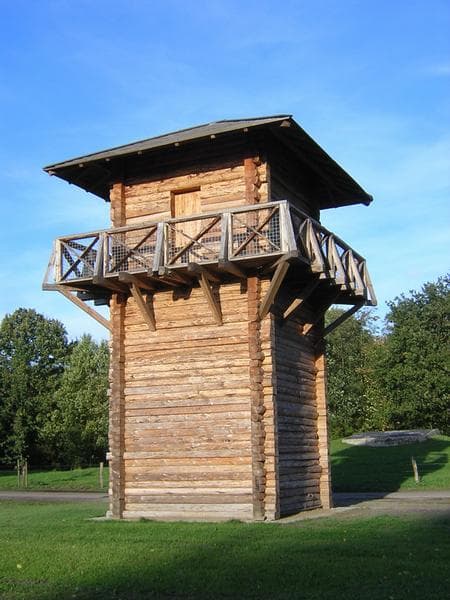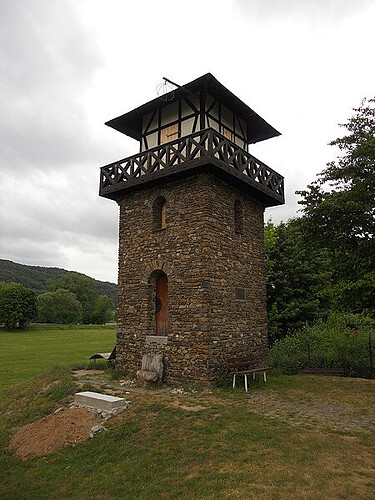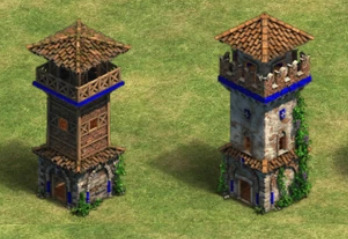Well it’s pretty much a substance Vs attributes argument. I tend to think that regardless if we believe things have a substance or not, we need to speak about them in a clear way to be understood. If I call Romans everything from 753 BC to 1451 AD it’s just not very useful as a descriptor unless we talk in very loose context like idk Americans, Africans, Germans, Indians etc. You could even say Italians are Romans then, why not? The pope is holding to this day the office of “pontifex maximus” used by Augustus and abandoned by western emperor Gratian in 380 but to me it’s about people, not titles, so you won’t ever see me use this argument (but if you believe that byzantines are Romans well it should ring a bell).
Given how more specific aoe2 became, Romans clearly represent western Latin people from the late empire. There are markers I already posted to recognise those people in early middle ages, well after 476. So it’s not about having an exclusive club of who are who and not, it’s just that language works in a way that is exclusive the more you are specific and you need to be specific in order to speak about something more deeply.
If I tell you I’m a human being that wouldn’t be very informative right? Not that is wrong, it’s just vague. In the same way to tell me everyone from Britannia to Egypt was Roman is not very informative, specially when cracks started to appear in the aoe2 timeframe, the cracks that would create the conditions for french, Italians, byzantines etc to exist as different people than Romans.
Byzantines are medieval Greek people who underwent a process of Romanisation during the Roman conquest, in the same way French are Gallo Romans who mixed with Franks and evolved out of it.
I won’t use the term ethnicity because today is too complex and charged but Roman identity existed even in the late empire and it was not arbitrary like “I feel Roman” because then you should conclude Alaric was Roman. He liked to dress as one, admired their culture and called himself Flavius when acting as magister militum.
Flavius Cresconius Corippus was an African Roman, Isidore of Seville was an hispano Roman, Martin of tours was a gallo Roman, Beda was a romano Briton… Etc. Because there’s substance under this claim, it’s not just how they felt which it’s dare I say secondary or a title hold by an emperor which it’s even tertiary.
Eventually all these cultures would localise so much to become Spanish, French etc during the middle ages. And it was no different for Greece or Egypt or Syria.
A watershed for Roman identity was the edict of Caracalla in 212 who made Roman citizen all people living in the empire. Yes it made Roman identity very malleable and basically meaningless because Roman names were inflationed (everybody called themselves Marcus Aurelius in the 3rd century and Flavius from the 4th century on). But you can still trace who’s Roman from who’s not even in these times of late Romanity, at least until the 8th century circa. If you don’t like to call them Romans call them X, the point is there is substance under this claim. Heritage, culture, language, prenomen… These are the markers.
In early byzantine times you still have Romans, specially in the Balkans, Justinian was born there: his real name was Flavius Petrus Sabbatius ############ he was the last culturally “Roman” emperor (well arguably Phocas was a Thraco Roman so maybe it was him).
In the next centuries you see the balance shifting completely at the point that in the 9th or 10th century the empire was completely hellenised, almost all names are greek and the culture is definitely greek, despite holding some Roman institutions from their old conquerors (not very much anyway and not for long, offices like consuls and prefect of Constantinople were purely ceremonial after the 6th century, Augustus was not even used anymore after Heraclius).
The Latin and greek language also follow a similar evolution: you have late Latin spoken from the 3rd century as a form of Latin closer to the local languages and finally the division between medieval Latin (the elite and church language) and the local romance languages who became unintelligible among themselves. Greek saw a similar evolution becoming medieval between Constantine and the 7th century although it remained intelligible by classical Greek speakers I think, it was more unified because in the east there was still an empire indeed. (Actually there were form of localised greek in the east like demotic Greek which was not spoken anymore in Egypt however by the 6th century in favour of Coptic)


